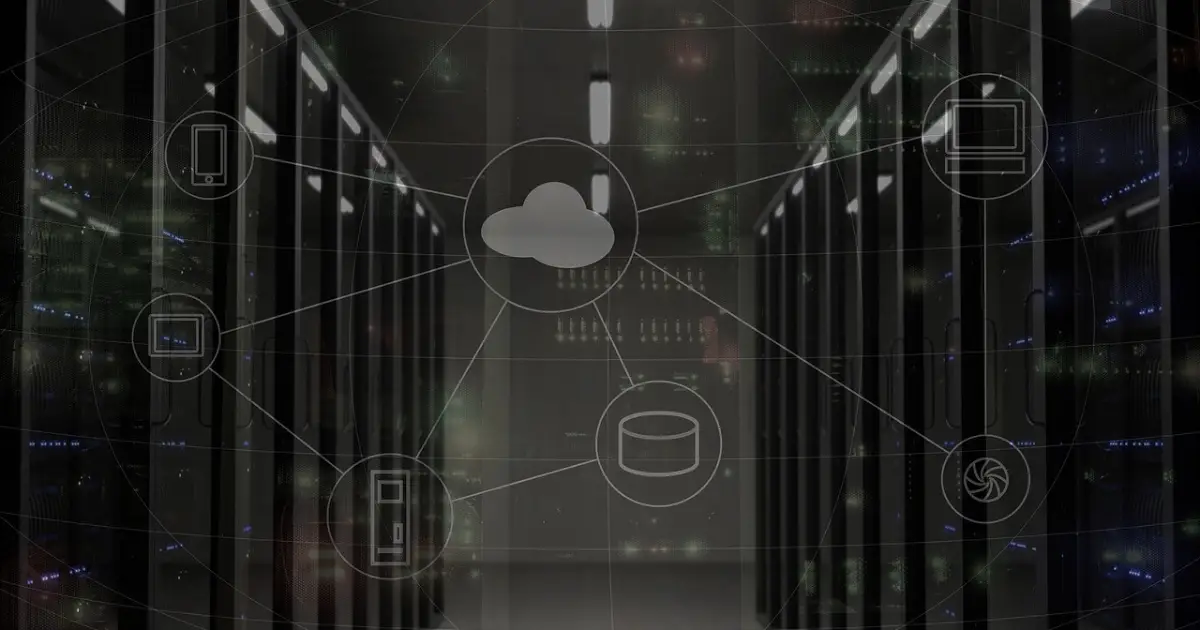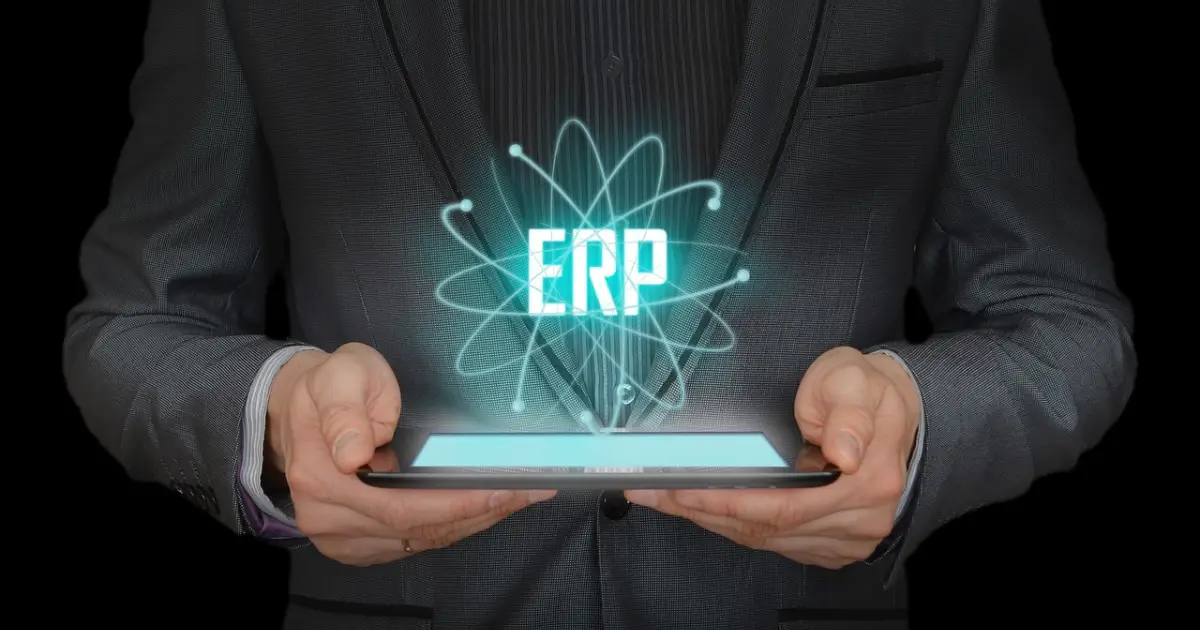focus notes


Explaining ERP implementation cases! Explanation of positive effects on business and characteristics of cloud type

table of contents
“I want to know about examples of companies and organizations that have introduced ERP.”
“What kind of companies should implement ERP?”
Some people may not be able to imagine how ERP can be used in actual business. We will explain the details later in this article, but ERP is being introduced in many industries.As a result, we have achieved complete computerization, improved operational efficiency, and improved customer satisfaction.Depending on the system you introduce, you may be able to expect even greater effects.
Therefore, in this article, we will explain our ERP system implementation examples, the characteristics of companies that should use it, and the reasons why implementation does not go well. If you are considering implementing an ERP system, please refer to it.
Introducing implementation examples of ERP products
First, we will explain our ERP implementation case study.
- ERP implementation example 1 | Public research and development management system for ministries and agencies
- ERP implementation example 2 | Delivery management system for nursing care product sales and rental industry
- ERP implementation example No. 3 | In-house implementation example
ERP implementation example 1 | Public research and development management system for ministries and agencies
We have developed and introduced a research and development management system for government ministries (public).
Completely digitize paper-based application and approval work Always keep up-to-date with the latest information Integrate a wide variety of application forms with flexible common functions
Reference: Focus Systems Corporation| Research and development management system for ministries (as of January 12, 2024)
We have developed a system common to all ministries for the purpose of implementing and managing various procedures from public recruitment to reporting results. By introducing this system, a series of research and development business processes proceed smoothly, and approval procedures within researchers and related organizations are completely computerized.
After implementing the new R&D management system, operations and status are now fully linked, ensuring that the status of applications is always accurate and up-to-date. This has significantly reduced the effort required to update statuses and has made it easier to count the number of applications on a monthly basis.
Furthermore, we have developed a flexible user interface that can accommodate a variety of application forms. We achieved this at a cost and schedule that met our requests.
ERP implementation example 2 | Delivery management system for nursing care product sales and rental industry
We have also developed and implemented delivery management systems for the nursing care product sales and rental industry.As a result, we achieved the following.
Improving delivery planning and customer satisfaction through real-time situational awareness Reducing the burden on staff
Quotation: Focus Systems Corporation| Delivery management system for nursing care products sales and rental industry (as of January 12, 2024)
We are now able to understand delivery drivers' work schedules in real time, allowing us to create efficient delivery plans.
In addition, by building an omnichannel platform that consolidates distribution routes to customers, delivery drivers can use iPads to adjust next delivery reservations when visiting customers, improving customer satisfaction and delivery. We have made our services more efficient. This has also reduced the workload of those in charge of coordinating delivery schedules.
ERP implementation example 3 | Implementation example at your company
As an example from our company, by implementing ERP, it is possible to achieve the following:
Speedy understanding of business status
Strengthen compliance with 36 Agreement Significantly reduce indirect operations
Quotation: Focus Systems Corporation| In-house core system (as of January 12, 2024)
By digitizing operations that were a bottleneck in monthly closing operations, we succeeded in shortening the time required to compile information. The integrated database allows you to understand the business situation in real time. In order to strengthen our compliance with the 36 Agreement, we have realized real-time tracking of working hours through employee attendance and departure registration, and prevention of high operating hours using an alarm function.
Not only that, but we were also able to significantly reduce indirect operations. By integrating the system with Biz∫, seamless information linkage is now possible. In addition, automatic operation time aggregation makes it possible to use functions such as payroll calculation and cost calculation, which eliminates the need for administrative staff to check work schedules and modify work schedules registered in the system, leading to major business improvements. Ta.
Cloud and more! Two ERP systems that are candidates for implementation
From the examples above, some people may start thinking, "ERP systems have benefits regardless of industry. I would like to try it at my company." Therefore, here we will explain two ERP systems that are candidates for implementation.
- Cloud-based ERP
- On-premises ERP
Cloud-based ERP
Cloud-based ERP is an ERP system provided via the Internet.Since ERP is installed on the vendor's server, you do not need to prepare your own server. There is no need to purchase a system or prepare hardware.
Therefore, the initial cost can be kept low compared to the on-premises type described below. If you want to implement ERP while keeping costs as low as possible, or if you don't have engineers who can manage and maintain it, why not consider a cloud-based system? It is also recommended if you want to complete the implementation in a short period of time.
On-premises ERP
On-premises ERP is a type of ERP system that is installed and operated on your own server.Generally, it is used via the company's internal network. Since the system is purchased in bulk at the time of installation, initial costs tend to be high.
Additionally, on-premises ERP tends to reduce running costs, but they are not zero. For example, the following costs may be incurred:
- Hardware maintenance costs
- Software license renewal costs
- Maintenance costs for network equipment
- Security measures cost
Before implementing it, be sure to check how much the above costs will be in total.
You can add the features and security you want relatively freely. However, please note that you will need to manage maintenance in-house. If you have engineers, this is not a problem, but if you do not, you will need to secure personnel or request maintenance from the vendor.
Please refer to the article below for details on the ERP system.
What is ERP? Explaining the differences from core systems, formats, benefits, and flow of implementation
Characteristics of companies that should implement ERP into their operations
There are four characteristics of companies that should introduce ERP into their operations:
- I want to visualize various data
- I want to centrally manage company information
- I want to understand management information in real time
- I just want to make my work more efficient
I want to visualize various data
Companies that want to visualize various data should implement ERP.This is because ERP allows you to convert difficult-to-notice business changes and figures into data.
For example, in the manufacturing industry, you can track inventory status, order status, supply chain status, etc. Depending on the ERP system you implement, it is possible to visualize this information on a dashboard. This will reduce the risk of overstocking or shortages.
You can also identify delays in each process. Since problems can be detected early, it is possible to respond quickly. Additionally, by visualizing data, you can discover problems early and make it easier to devise measures to improve your business.
I want to centrally manage company information
One of the characteristics of companies that should introduce ERP into their operations is that they want to centrally manage corporate information.Introducing ERP makes it possible to centrally manage data that was previously managed by each department.
For example, managing product inventory requires an appropriate understanding of the balance between supply and demand. If supply is less than demand, inventory may run out. This will lead to missed product sales opportunities. In some cases, you may receive complaints from people who need your product.
On the other hand, if you sell too many products, you will have overstock. This may lead to a decline in corporate profits due to inventory storage costs and disposal losses.
To prevent such situations, it is necessary to accurately understand sales and production data. However, if different departments manage each data, it will take time to confirm the data.
ERP comes in handy in such cases. By implementing ERP, you can centrally manage all information. There is no need to check various system data or request data submission from each department. Once data is entered, it will be reflected in other related data, so there will be no need to check consistency.
I want to understand management information in real time
Companies that want to grasp management information in real time should also implement ERP into their operations.With ERP, you can always check the latest management information. Depending on the system you install, you can check the following information, for example:
- Financial accounting
- Asset information
- Receivables management
- Human resources and labor management
- Sales management
- Production control
- quality management
- Inventory control
- Purchasing management
- Sales management
You can select any item from this list to understand the data. For example, by extracting items such as sales by product and sales by region, you can check products and regions with poor sales growth. From this data, you can consider new measures such as adjusting product targets and reviewing marketing strategies.
In addition, by checking financial indicators such as cash flow, profitability, and debt ratios in real time, you can quickly consider cutting unnecessary expenses and investing in more profitable businesses.
If you do not implement ERP, you will need to request each department to extract the necessary data. It will inevitably take some time for the data to be collected after requesting extraction. If it takes time to collect data, quick management decisions cannot be made. Furthermore, since it is necessary to compare data that has been collected separately, there is a risk that important information may be overlooked.
Therefore, if you do not implement an ERP system, it will be difficult to make business decisions based on the latest information. In order to prepare for future changes, it is necessary to be able to constantly check and share the latest information with ERP.
I just want to make my work more efficient
One of the characteristics of companies that should introduce ERP into their operations is that they want to improve operational efficiency.This is because implementing ERP eliminates the hassle of data entry and sharing.
Without ERP, multiple data inputs will be required when performing certain business processes. An example of the process performed when hiring a new employee is as follows.
- Adding a name to the employee list
- Registration in the daily report system of the assigned department
- Registration in the payroll system
If data between systems is not linked, you will have to enter the same information over and over again. Not only is it time-consuming, but there is also the risk of data duplication and input errors. When corrections occur, it creates wasted effort and reduces business efficiency.
However, when implementing ERP, data entered in one location will be reflected in related locations. Therefore, it is possible to reduce the input effort. This will make it easier to prevent data duplication and input errors, making unnecessary corrections less likely.
A source of failure! Reasons why ERP product implementation does not go well
There are three possible reasons why ERP product implementation fails:
- I thought I could make my business more efficient just by implementing ERP.
- Goal setting was wrong
- I introduced an ERP that was not suitable for my company.
I thought I could make my business more efficient just by implementing ERP.
One of the reasons why ERP product implementations do not go well is the assumption that implementation alone will lead to improved business efficiency.There are many things that need to be done before implementing an ERP product, such as reviewing existing operations and training employees. Specifically, there are the following.
- ERP operation training and follow-up
- Regular monitoring of each numerical value
Operation training is essential to mastering ERP. If there is no training or follow-up, it will take time to learn how to use it. In the worst case scenario, you may find it troublesome to learn how to use the ERP, and the ERP you have introduced may not be used much. Therefore, be sure to conduct ERP operation training and follow-up.
Specifically, we recommend holding a workshop. We will create an opportunity for you to learn practically what functions are used and what operations are performed in actual work. Since the operating methods differ depending on the job content, it would be a good idea to hold workshops for each department.
If you mainly work from home, one option is to introduce online training. You can do this smoothly by using video calls and video distribution tools. It's good to train multiple people at once, or it's also recommended to train them individually while monitoring how the employees are doing.
It is also important to monitor each number. This is because you need to check how much performance has improved by implementing ERP and how close you are to achieving your goals. If you do not understand the effects of implementing ERP, you will not know whether it is leading to improved operational efficiency. In some cases, it may even reduce operational efficiency. Therefore, monitor each value according to the goals you have set.
Goal setting was wrong
If there is a mismatch in goal setting between management, the IT department, and the end users (the people actually responsible), the implementation of an ERP product may not go well.This is because incorrect decisions can be made in system selection and customization.
For example, let's say that management, IT department, and end users have the following expectations:
| Target audience | What to expect |
|---|---|
management team | Overall efficiency and cost savings |
IT department | Introduction of the latest technology and system stability |
Final user (actual person) | Simplify daily tasks |
In such cases, each stakeholder has different expectations, making it difficult to select and customize an ERP system to meet each individual's needs. This can lead to a lack of communication and misunderstandings within the organization, resulting in project delays and poor results.
To avoid this, first understand your company's current situation, clarify the issues at hand, and set goals.
There are several ways to set goals:
- Analyze business processes
- Confirm the opinions and expectations of each stakeholder
Business process analysis subdivides the current business flow and identifies in detail what is being done at each step and the time it takes. This will help clarify unnecessary flows, time-consuming tasks, and inefficient areas. Goals can be defined based on clarified issues.
Another method is to set goals based on the opinions and expectations of each stakeholder. We use surveys and interviews to understand your needs and listen to your challenges and expectations. Based on the information we have gathered, we will clarify the expectations and demands of each stakeholder and consider what goals should be set.
I introduced an ERP that was not suitable for my company.
Introducing an ERP that is not suitable for your company is also cited as one of the reasons why ERP product implementation does not go well.Choosing an ERP that is not suitable for your company's operations and industry-specific requirements can increase the burden on your employees and reduce operational efficiency.
For example, suppose a company in the manufacturing industry implements an ERP system to improve inventory management and production scheduling. There are many cases where people select ERP based only on catalog specifications, only to realize after implementation that it is not compatible with their company's unique production processes. This kind of situation should be avoided.
Therefore, when selecting an ERP, it is important to choose the product that is most suitable for your company. When choosing the best ERP for your company, we recommend that you do the following in addition to the "goal setting" mentioned above.
- Check customizability
- get a competitive quote
First, check to see how much you can customize the system. Especially if your company has unique business processes or requirements, there is a risk that standard ERP solutions may not be able to cover them or that you may not be able to find a compatible system. In that case, you should check whether it can be customized to optimize it for your company.
It is also important to take a long-term perspective and consider not only current business needs but also future scalability and flexibility. If it has scalability and flexibility, you will be able to continue using it for a long time without difficulty. However, these decisions require expertise. It is a good idea to ask for the cooperation of experienced IT professionals and consultants.
It is also effective to get competitive estimates. By getting competitive quotes, you can compare prices, features, service levels, etc. This will make it easier to choose an ERP that has a good balance between functionality and cost. Knowing how much additional costs will be incurred when upgrading in the future will help you avoid financial mistakes.
summary
So far, we have explained examples of ERP and the characteristics of companies that should adopt it.ERP is used by many companies regardless of industry or industry.By checking the implementation examples of other companies in the same industry, it will be easier to imagine what kind of effects it will bring to your company.
Additionally, ERP is a system that centralizes data managed by departments and streamlines operations. It is suitable for companies that want to visualize numbers and grasp management information in real time.
Of course, if you do not set appropriate goals, select an ERP product, change business processes, etc., there is a risk that the implementation will fail. Therefore, ERP implementation must be proceeded with caution. If you are considering implementing ERP, please feel free to contact us.
Achievements left behind
48 years since its establishment.
We have a proven track record because we have focused on what is important.
It has a long track record in both the public and private sectors.
Number of projects per year
500 PJ
Annual number of business partners/customers
200 companies
Maximum number of trading years
47 years
Total number of qualified persons
1,870 people






